



The Pradhan Mantri Dhan Dhanya Krishi Yojana (PM-DDKY) is a central scheme to enhance farmer prosperity. Its core strategy is to shift Indian agriculture from a production-centric to an income-centric model. The scheme promotes crop diversification, integrates modern technology, and strengthens farm-to-market linkages.
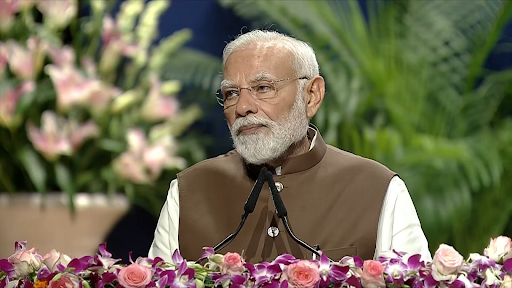
Copyright infringement not intended
Picture Courtesy: NEWSONAIR
The Prime Minister has launched the Prime Minister Dhan-Dhaanya Krishi Yojana (PMDDKY) to increase agricultural productivity and farmers' income in 100 low-performing districts through the convergence of existing government schemes.
It focused exclusively on agriculture and its allied sectors, including livestock, dairy, and fisheries.
Budget: With an initial outlay of ₹24,000 crore for a six-year period starting in FY 2025–26.
Inspiration: The scheme borrows its core strategy from the NITI Aayog's highly successful Aspirational Districts Programme (ADP)
|
Aspirational Districts Programme (ADP)
|
These objectives show a shift from a production-centric approach to a holistic one. The scheme acknowledges that growing a crop is only half the battle; ensuring farmers can store it, get credit, and practice sustainably is equally critical for long-term income stability.
PMDDKY replicates the successful "3C" model of the Aspirational Districts Programme: Convergence, Collaboration, and Competition.
District Selection
The scheme uses a targeted, data-driven approach to identify districts.
The Convergence Model
Instead of creating a new, standalone program, PMDDKY converges 36 existing central schemes from 11 different ministries, including flagship programs like PM-KISAN (income support) and PM Fasal Bima Yojana (crop insurance). This approach ensures:
Planning and Governance Structure
The scheme follows a decentralized, "bottom-up" planning process.
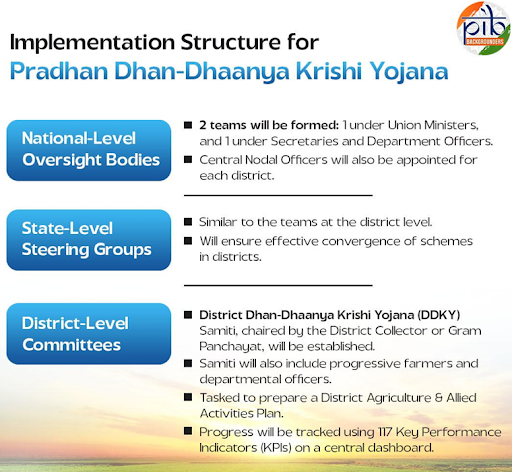
Monitoring
Progress will be monitored monthly against 117 Key Performance Indicators (KPIs) using a dedicated digital dashboard.
Central Nodal Officers will conduct regular field visits to ensure on-ground effectiveness.
Higher Productivity: Significant improvement in agricultural output and value addition.
Self-Reliance: Enhanced domestic production will boost India's self-reliance in food, aligning with the "Atmanirbhar Bharat" vision.
Rural Employment: Creation of local livelihoods in areas like food processing, storage, and transport.
Stable Farmer Incomes: Diversified cropping patterns and better market linkages will lead to more stable and predictable incomes for farmers.
Minimized Crop Losses: Improved post-harvest systems will drastically reduce wastage.
Improved Financial Inclusion: Making credit more accessible to farmers.
The Pradhan Mantri Dhan Dhanya Krishi Yojana to boost farmer income by promoting crop diversification, integrating modern technology, and strengthening farm-to-market linkages, shifting agriculture from production to income focus.
Source: NEWSONAIR
|
PRACTICE QUESTION Q. Critically analyze the potential of the Pradhan Mantri Dhan Dhanya Krishi Yojana (PM-DDKY) in addressing the structural challenges of Indian agriculture. 150 words |
The Pradhan Mantri Kisan Samman Nidhi (PM-KISAN) scheme is a central government initiative that provides income support of ₹6,000 per year to eligible landholding farmer families. This amount is paid in three equal installments of ₹2,000 every four months to help meet agricultural and domestic needs.
The PMFBY is a government-backed crop insurance scheme. It provides financial support to farmers who suffer crop losses due to natural calamities like droughts, floods, or hailstorms, as well as pest attacks and diseases.
The PMDDKY is a new scheme launched by the Indian government to promote the overall development of agriculture and allied sectors in 100 of the country's lowest-performing agricultural districts.
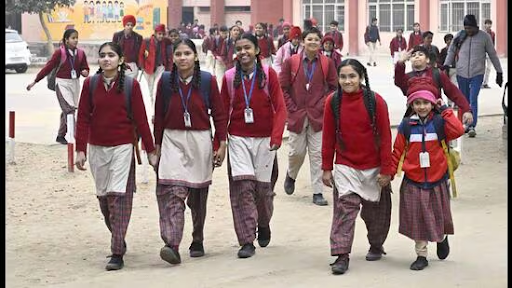



.jpg)

.png)
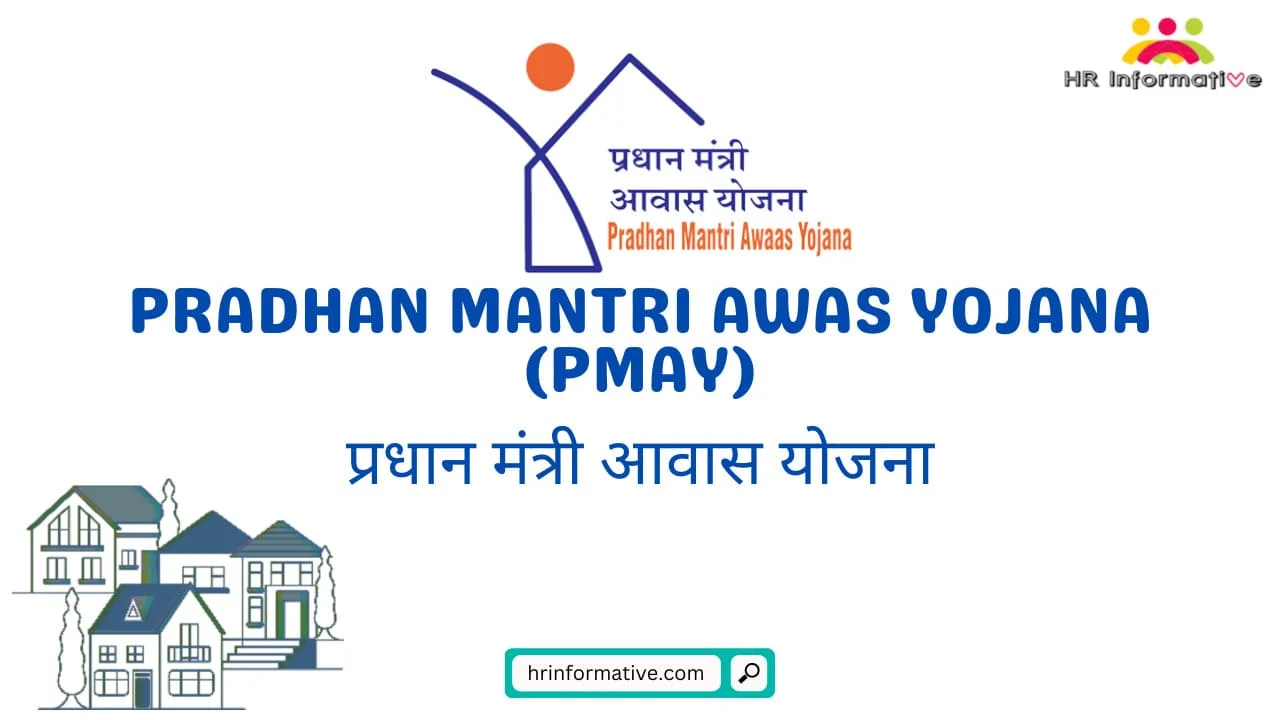
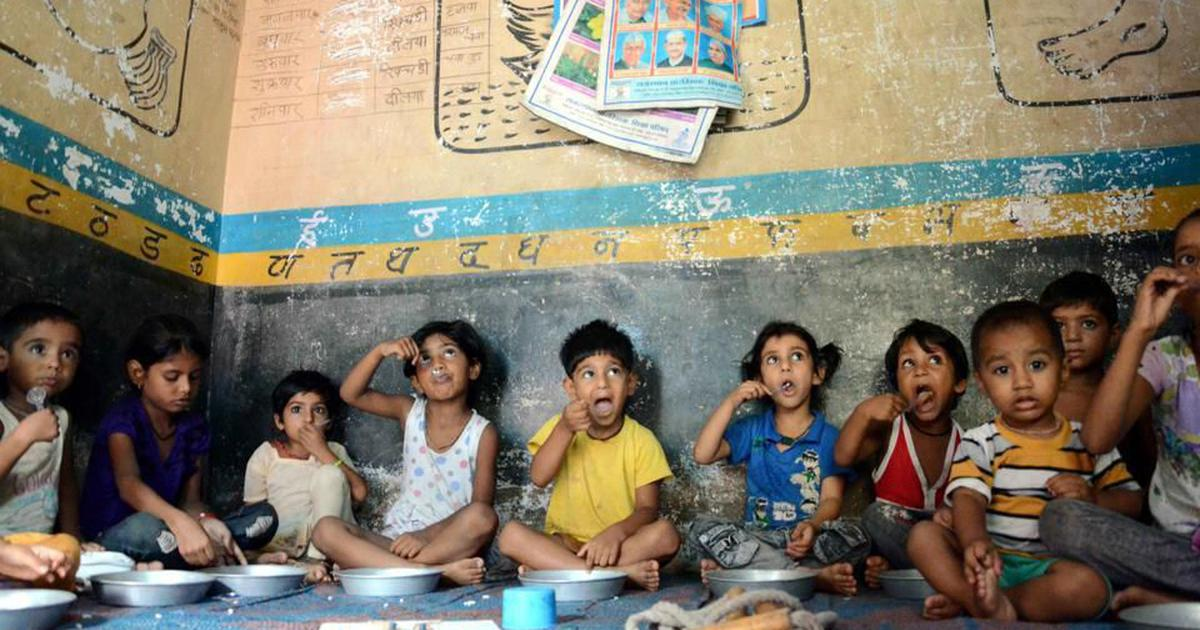

© 2025 iasgyan. All right reserved